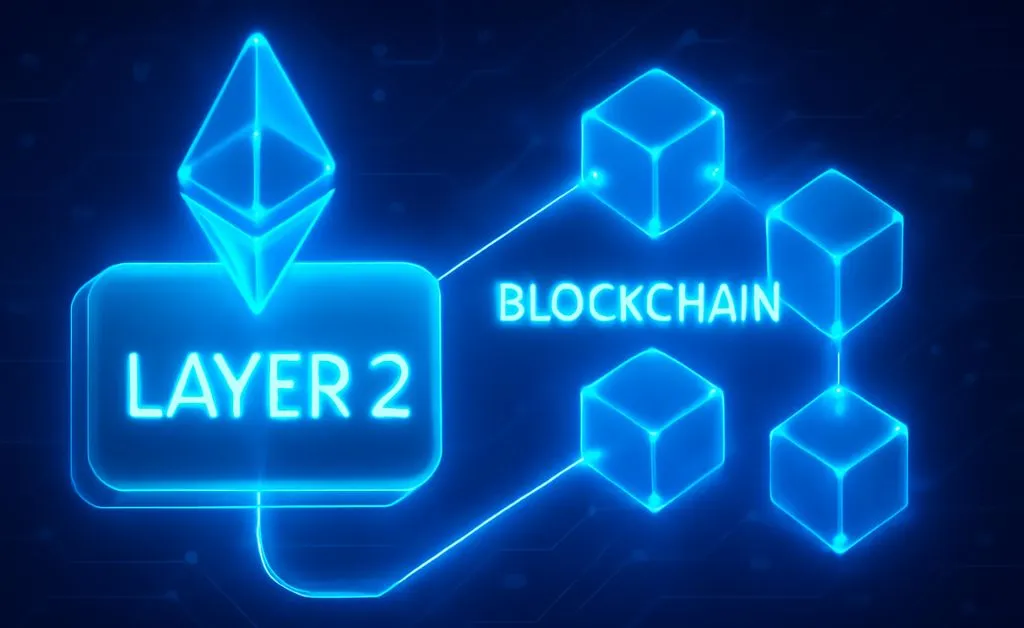
Layer 2: Scaling Solutions for Blockchain Layer 1
1. What is Layer 2?
Layer 2 refers to solutions developed on top of Layer 1 blockchains like Ethereum, Bitcoin, BNB Chain, etc., to expand transaction processing capabilities while retaining the advantages of Layer 1.
This is not a concept limited to Ethereum; Layer 2 can be built on any Layer 1 blockchain that needs scaling and development, such as Bitcoin or BNB Chain.
2. Why is Layer 2 Important?
When Ethereum faces congestion and high transaction fees during peak times, Layer 2 emerged as a solution. Transactions on Layer 2 are bundled and then sent to Layer 1 for validation, reducing transaction costs and speeding up processing. At the same time, by inheriting the security and decentralization advantages of Layer 1, Layer 2 provides an enhanced user experience.
To dive deeper into Layer 2, you can refer to the article "Layer 2: The Key to Scaling Layer 1 Blockchains."
3. Why Does Layer 2 Lack Liquid Staking?
Liquid Staking is a mechanism that allows users to stake tokens in exchange for yield. However, there is currently no Liquid Staking protocol on Layer 2 blockchains like Arbitrum and Optimism. The reason is that Layer 1 blockchains have dedicated validators for transaction verification, while Layer 2 blockchains do not yet have their own validators. Layer 2 mainly supports transaction execution and lacks mechanisms for token staking.
However, in the future, Layer 2 blockchains might develop their own validator systems, though these staking programs may not necessarily generate network yield.
4. Why Does Ethereum Need Layer 2 Support?
Layer 2 projects like Arbitrum and Optimism leverage Ethereum's security but offer much lower transaction costs. Without Layer 2, Ethereum's transaction fees would become prohibitively expensive, and users might migrate to other blockchains like Solana or Aptos. Layer 2 helps Ethereum retain a large user base and address issues like high gas fees and slow transaction speeds through future upgrades.
According to Vitalik Buterin, it will take Ethereum 10 to 20 years to completely address its current issues, meaning that, in the short term, Ethereum still requires Layer 2 support.
5. Could Layer 2 Become Layer 1?
With the rise of modular blockchains, many Layer 2 projects are now building Layer 3 solutions that depend on Layer 2. This opens up the possibility for Layer 2s to evolve into Layer 1 in the future. Layer 2s could build communities and create their own validators, allowing them to become independent Layer 1 platforms.
6. How Does Layer 2 Make Money?
When users make transactions on Layer 2, a portion of the transaction fee is paid to Layer 1 and the sequencer for validation, with the remaining portion going to Layer 2. The more transactions a Layer 2 protocol attracts, the higher the revenue from transaction fees. For example, in April 2024, Base generated nearly $21 million in profit, followed by Linea with $4.8 million and Scroll with $3.59 million.
7. Why Do Layer 2 Tokens Have Value but Are Not Used to Pay Gas Fees?
Tokens of Layer 2 are typically used for ecosystem governance. Holders of Layer 2 tokens can participate in important decisions regarding the operation of the ecosystem. Projects like Arbitrum have used this model, allowing ARB token holders to vote on rewarded projects. This makes Layer 2 tokens valuable, but they are not directly used to pay gas fees.
8. Weaknesses of Layer 2
While Layer 2 addresses many issues of transaction costs and speed, its decentralization is still limited. Many sequencers in Layer 2 operate in a centralized manner, making them susceptible to attacks and control. Centralized sequencers can increase security risks and complicate the maintenance of blockchain decentralization.
Decentralized sequencers, while more secure, also face challenges such as reduced scalability and transaction speed. This remains a consideration for users of Layer 2 protocols.
Conclusion
Layer 2 plays a crucial role in scaling Layer 1 blockchains, especially Ethereum. While offering numerous benefits like reduced transaction fees and improved speeds, Layer 2 still needs to address issues related to decentralization and security. However, with the continued development of blockchain technology, Layer 2 is poised to make significant advancements in the future.